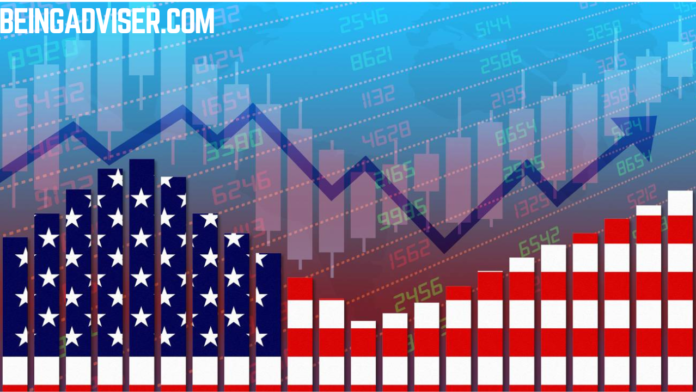Welcome to the beingadviser economics liveblog, where we will explain the news of the day and how it’s likely that this will affect your finances. We will collect data releases, economics reports, expert quotes and other information that can help you understand economic issues.
Today, the measure of the health of the economy was revised upward. Pending home sales will provide insight as to whether or not the housing market has begun to move forward.
As the housing market continues to cool, home sale contracts are increasing in February
According to new data regarding pending home sales, 2024 will be a better housing year than 2023.
According to the National Association of Realtors, there were 1,6% more existing home sales in the pipeline for February than January. This is based on the contract signings in that month.
The combination of high mortgage rates, low for-sale inventories and record prices combined to stifle homebuying last year. Homebuying in 2018 was slowed down by high mortgage rates, record prices, and low inventory.
According to Freddie Mac, two of these three factors have improved in recent months. The average 30-year fixed-rate mortgage rate is now hovering around 6% after being near 8% at the end of last fall. The association stated that more homes are now on the market as a result.
The job market is still favorable to workers, despite recent slowdowns. This keeps some buyers on the market regardless of just how expensive it has become.
In a press statement, Lawrence Yun, Chief Economist at NAR said that modest sales growth may not be exciting but it is a slow and steady improvement from the lows reached late last year.
The association stated that despite the increase in home sales, there are still massive headwinds. Pending home sales were down 7% from February 2023.
The Fourth Quarter Economy grew faster than expected
The economy is now being driven by consumer spending at a much faster rate than initially estimated.
The Bureau of Economic Analysis announced Thursday that the U.S. Gross Domestic Product, as measured by inflation adjusted GDP, grew at a rate of 3.4% per annum in the fourth-quarter of 2023. This is faster than the previous estimate of 3.2%.
According to a Dow Jones Newswires survey and the Wall Street Journal, this increase was due to upward revisions of estimates of consumer expenditure. This exceeded forecasters’ expectations of 3.2% annual growth. The figures for nonresidential investment, such as business equipment, also increased. This offset a downward adjustment for the amount businesses had built up in inventories.
In a recent commentary, Ryan Sweet, the chief U.S. economics at Oxford Economics wrote that there was much to be pleased about the upward revision of the Q4 U.S. GDP real growth. Stronger consumer spending and a slower build-up of inventory pave the path for growth to begin this year.
This 3.4% growth rate is a slight slowdown compared to the 4.9% growth in the third quarter, but it still shows that consumer spending has been steadfast despite high interest rates. Consumer spending, which has remained resilient, has managed to stave off the long-predicted economic recession despite Federal Reserve interest rate increases against inflation.
The Fed’s attempts to cool the inflation–and economy–with its highest interest rates since the year 2001 hasn’t slowed down business as much as economists initially feared. The central bank has not achieved its target of a 2% inflation rate. Data such as the GDP show that the economy is running hotter than anticipated. Some economists expect the battle against inflation will continue at least until the end of the calendar year.
Initial Jobless Claimants Fell Slightly last Week
In the week ending 23 March, fewer people applied for unemployment benefits than the previous week.
Initial claims for unemployment benefits were down by 2,000 from the revised figures from the previous week, to 210.000. The average for the four weeks, which is less volatile, showed a decrease of 750.
These numbers are still historically low and indicate that despite high interest rates, the labor market is strong.
The Fed does not need a significant weakness in the labor markets to start cutting interest rates, but it must be confident that the job market has a balance to support the continued slowing of wage growth,” wrote Oxford Economics’ Nancy VandenHouten.
For more information visit our home page.



